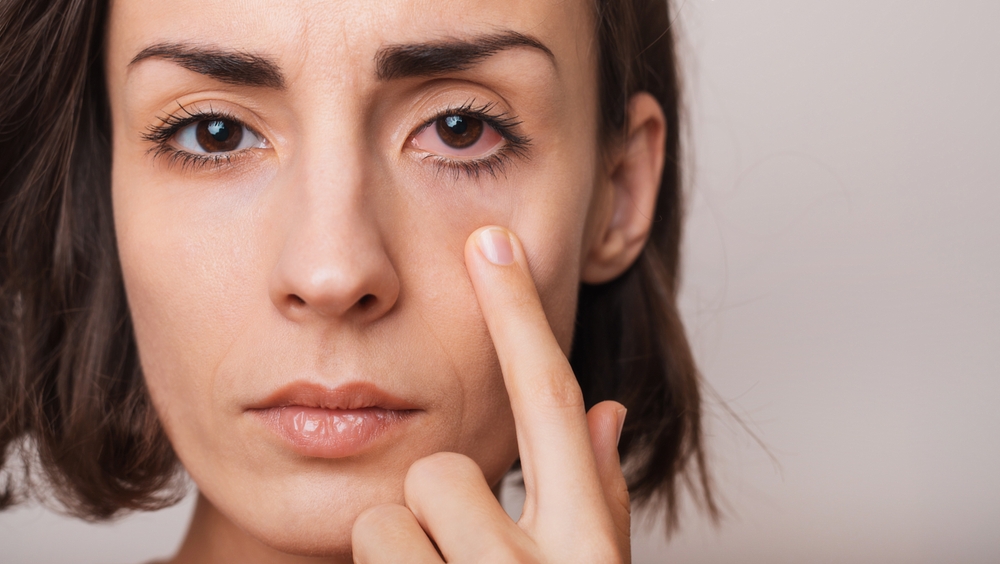
Conjunctivitis, often called pink eye, is an inflammation that causes the white of the eye to appear pink or red. The conjunctiva is the membrane with tiny blood vessels lining the eyelid and eyeball. When the vessels swell and become irritated, they become more visible, causing the eyes to turn red or pink. This is usually caused by a viral infection, a bacterial infection, or an allergic reaction.
When Your Eyes Turn Red
Various eye conditions cause redness. They can lead to pain, blurry vision, or a sensation of something stuck in the eye. It is crucial to seek urgent medical care if you experience the symptoms.
If you are wearing contact lenses, discontinue their use if your eyes turn red or pink. An eye exam will help determine the cause of the redness. Pink eye does not usually affect vision, but it can be irritating. It can also be contagious, which is why it is crucial to get treatment.
Symptoms of Pink Eye
Symptoms of pink eye can affect one or both eyes, and they include:
Eye redness
Itchiness
Gritty sensation
Eye discharge that forms a crust on the eye
Photophobia, or sensitivity to light
Tearing
What Causes Pink Eye?
Pink eye can be caused by viruses, bacteria, allergies, and chemicals getting in the eye. A foreign object in the eye can also cause pink eye. Some newborns have pink eye as a result of a blocked tear duct. Most cases of pink eye are caused by the adenovirus.
Viral and bacterial pink eye can occur alongside flu or colds. They can also be a symptom of a respiratory infection and are both very contagious. Wearing contact lenses without proper cleaning can cause bacterial pink eye. Viral and bacterial conjunctivitis can affect one or both eyes.
Allergic Conjunctivitis
Allergic conjunctivitis occurs in both eyes due to exposure to an allergen such as pollen. The body releases histamines as a response to the allergen. The inflammatory substances in the mucous lining can produce various symptoms, including red eyes.
Patients with allergic pink eye experience intense itching, inflammation, and tearing. The symptoms appear together with sneezing and nasal discharge. Allergic pink eye is not contagious.
Treating Pink Eye
Treatment for pink eye depends on the underlying cause. The doctor will examine the eyes and ask about health history and symptoms to provide a diagnosis. The goal of treatment is to relieve the symptoms.
The doctor may recommend artificial tears, using a wet cloth to clean the eyelids, and applying warm compresses. Doctors do not prescribe antibiotic eye drops for viral conjunctivitis. The virus needs to run its course, which can take two to three weeks.
They may prescribe antiviral medications for conjunctivitis from herpes or simplex viruses. If you are wearing contact lenses, you must stop wearing them until you complete the treatment. Disinfect your lenses overnight before reusing them. Replace your eye makeup after the infection.
For more on how to tell if you have pink eye, visit Lakeview Optometry at our office in Monticello, Indiana. Call (574) 622-8400 to book an appointment today.








